If you’ve ever jumped straight into a workout without stretching, or skipped your cool-down stretches because you were in a rush, you’re definitely not alone. But here’s the thing: stretching isn’t just some optional extra. It’s actually a key part of getting your body ready to move—and helping it recover afterward. And yet, it’s one of the most overlooked parts of most workout routines.
Stretching does way more than just help prevent injuries. It can boost your performance, make you more flexible, get blood flowing, and help ease muscle tightness before and after exercise. Knowing when and how to stretch can totally change how you feel during your workouts—whether you’re a gym pro or just starting out.
Let’s start with pre-workout stretching—the kind that wakes your body up, gets your heart pumping, and gets your muscles ready to work. This is the foundation for safe, effective training. (We’ll cover cool-down stretches and recovery tips in Part 2!)
The Importance of Stretching Before Exercise
When you think “stretching,” you might imagine slowly reaching for your toes or holding a deep yoga pose. Those stretches have their place, but they’re better saved for after your workout.
Before you exercise, your body actually needs movement—a kind of stretching called dynamic stretching. This means controlled, active moves that get your blood flowing, warm up your joints, and prepare your muscles. These stretches mimic the motions you’ll be doing during your workout, so your body eases into the effort instead of getting shocked by it.
Imagine trying to sprint with tight hamstrings or lift weights with stiff shoulders—it’s asking for trouble. Dynamic stretches warm your muscles, improve your range of motion, and even help your brain get ready to move.
Plus, these stretches help you mentally switch gears—from sitting or scrolling on your phone, to focusing on your workout. That mental shift alone can make a huge difference in how well you perform and how safe you stay.
Dynamic vs Static Stretching: What’s the Difference?
A lot of people mix these up. Both types of stretching are useful, but timing is everything.
-
Dynamic stretching is movement-based. It’s like an active warm-up that raises your heart rate and gets your muscles flexible and ready.
-
Static stretching is when you hold a stretch for 20-60 seconds without moving. This helps muscles relax and lengthen—perfect for after your workout.
Doing static stretches before you work out (especially if it’s intense) can actually hurt your performance, because holding a muscle too long before using it might temporarily weaken it. So, the smart move? Dynamic stretches before, static stretches after.
What Science Says About Pre-Workout Stretching
Stretching before exercise isn’t just about injury prevention—it’s about helping you perform your best. Studies show that dynamic stretches improve how your joints move, get your nervous system primed, and get your muscles firing right away.
Think of your muscles like rubber bands. When they’re warm and loose, they stretch and snap back easily. When they’re cold and stiff? They’re more likely to get hurt. Dynamic stretching makes them more elastic and ready to move.
One study even found athletes who did dynamic stretches before lifting weights or sprinting performed better than those who didn’t stretch or only did static stretches. So even if you’re not training for a race or competition, stretching can make your workout time more effective.
Another cool benefit is better coordination between your brain and muscles. Dynamic movement wakes up this connection so you’re more balanced, aware of your posture, and less likely to get hurt.
A Complete Dynamic Stretching Routine Before Workouts
So, what does a solid pre-workout stretching routine actually look like? It doesn’t have to be fancy or long. In fact, 5 to 7 minutes is enough to fully prepare your body for most workouts. The key is to move smoothly and deliberately, without rushing or forcing your range of motion.
Try this before your next workout:
| Stretch Name | Target Area | Reps/Time | Instructions |
|---|---|---|---|
| Arm Circles | Shoulders/Arms | 10 each direction | Keep arms extended; slow, full rotations |
| Leg Swings (Front/Side) | Hips/Legs | 10 per leg | Hold onto a wall or chair for balance |
| Walking Lunges | Glutes/Quads/Hamstrings | 10 per side | Keep your knee aligned with ankle |
| High Knees | Core/Legs | 30 seconds | Keep back straight; pump arms for momentum |
| Torso Twists | Spine/Core | 15 reps | Controlled twisting, feet grounded |
Move smoothly—no bouncing or jerking. You want to loosen up, not force anything. Breathe naturally, inhale through your nose, exhale through your mouth. Even if you’re short on time, a few minutes of this is better than nothing.
Mistakes to Avoid When Stretching Before Workouts
Despite the simplicity of stretching, many people unknowingly make errors that limit its benefits—or worse, cause harm, avoid these common mistakes:
-
Holding static stretches before working out. This can reduce your power.
-
Doing dynamic stretches too fast or roughly. Control is key.
-
Skipping important areas. If you’re doing upper-body exercises, don’t ignore your shoulders and arms.
-
Wearing restrictive clothes or stretching in cramped spaces. Give yourself room to move freely.
-
Rushing. Stretching is not a race—it sets the tone for your whole workout.
When To Stretch If You’re Short On Time

Short on Time? No Problem.
Some days, life gets busy. If you only have 2-3 minutes, just do some arm swings, jumping jacks, and walking lunges. Think of it like brushing your teeth—you wouldn’t skip it unless you absolutely had to.
Why You Should Stretch After Your Workout Too
Right after exercise, your body’s still buzzing—your heart rate is up, muscles are warm but tight, and tension can build. Static stretching at this point helps muscles relax and lengthen, flushes out lactic acid, and improves blood flow to aid recovery.
It also signals your brain to slow down and switch into recovery mode. This mental shift reduces stress and helps with sleep and overall well-being.
Below is a balanced routine you can use after your workouts. It takes about 7 to 10 minutes and covers all major muscle groups.
| Stretch Name | Target Area | Hold Duration | Instructions |
|---|---|---|---|
| Hamstring Stretch | Back of thighs | 30 sec each leg | Sit or stand, reach gently toward toes, keep back neutral |
| Chest Opener | Chest/shoulders | 30 seconds | Clasp hands behind back, lift slightly, open chest |
| Child’s Pose | Back/hips | 45 seconds | Sit back on heels, extend arms forward, breathe deeply |
| Triceps Stretch | Arms/shoulders | 30 sec each arm | Reach hand down spine, assist with opposite hand |
| Calf Stretch (Wall) | Calves/ankles | 30 sec each leg | Press heel into floor, lean into wall with front leg bent |
Remember, no pain—just a gentle, relaxing stretch. Breathe deeply and enjoy the moment.
How to Breathe While Stretching
Breathing is the hidden key to successful stretching. Many people unconsciously hold their breath while stretching, especially when targeting tight muscles. But holding your breath can create tension and reduce the effectiveness of the stretch.
Instead, breathe deeply through your nose as you settle into the stretch, then exhale slowly through your mouth as you relax further. It helps your body and mind stay calm and open.
Can You Stretch Even On Rest Days?
Absolutely. In fact, rest days are an ideal time to do longer, deeper stretching sessions. When you’re not exercising intensely, your body is in a more relaxed state, making it a perfect time to gently open up tight muscles and reinforce mobility. Even 10 minutes can boost circulation, ease soreness, and keep your joints feeling great. Pair it with some calm music or mindfulness for an extra bonus.
What If You’re Not Flexible?
A common concern is, “I’m not flexible, so stretching feels frustrating.” But flexibility isn’t a prerequisite—it’s the result. You don’t need to touch your toes or sink into the splits. You just need to show up and stretch consistently.
Flexibility, like strength or endurance, improves gradually. Even if you can’t go deep into a stretch now, your muscles will begin to respond over time. The key is to stay patient and avoid comparing yourself to others. Everyone’s body is different, and your personal progress matters more than any aesthetic goal.
Using props like yoga blocks, straps, or cushions can also help you stay comfortable in certain stretches and reach better form without overexertion. The goal is to feel a gentle pull—not pain.
Who Should Modify Post-Workout Stretches?
While most people can benefit from static stretching, there are exceptions where modification is necessary. If you have joint issues, recent injuries, or are recovering from surgery, certain stretches may need to be skipped or adjusted.
Pregnant women should avoid deep backbends or any position that compresses the belly. Those with balance challenges should use a wall or chair for support during standing stretches. If you’re unsure whether a stretch is safe for your condition, it’s always wise to consult a physical therapist or certified trainer.
Listening to your body is the golden rule. Discomfort and challenge are okay—but pain, numbness, or instability are not.
Stretching Isn’t a Luxury—It’s a Necessity
In our busy, performance-driven world, stretching can feel like a chore—but it’s actually a powerful way to respect your body. Doing a little dynamic stretching before your workout and some static stretches afterward helps prevent injury, improve performance, and speed recovery.
It’s not about being perfect or super flexible. It’s about showing up, being present, and taking care of the one body you’ve got.
So next time you finish a workout, don’t just walk away. Stay for a few minutes. Stretch. Breathe. Thank your body for what it just did.
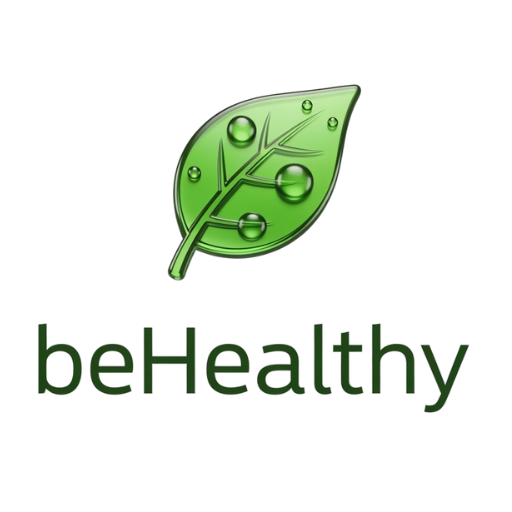




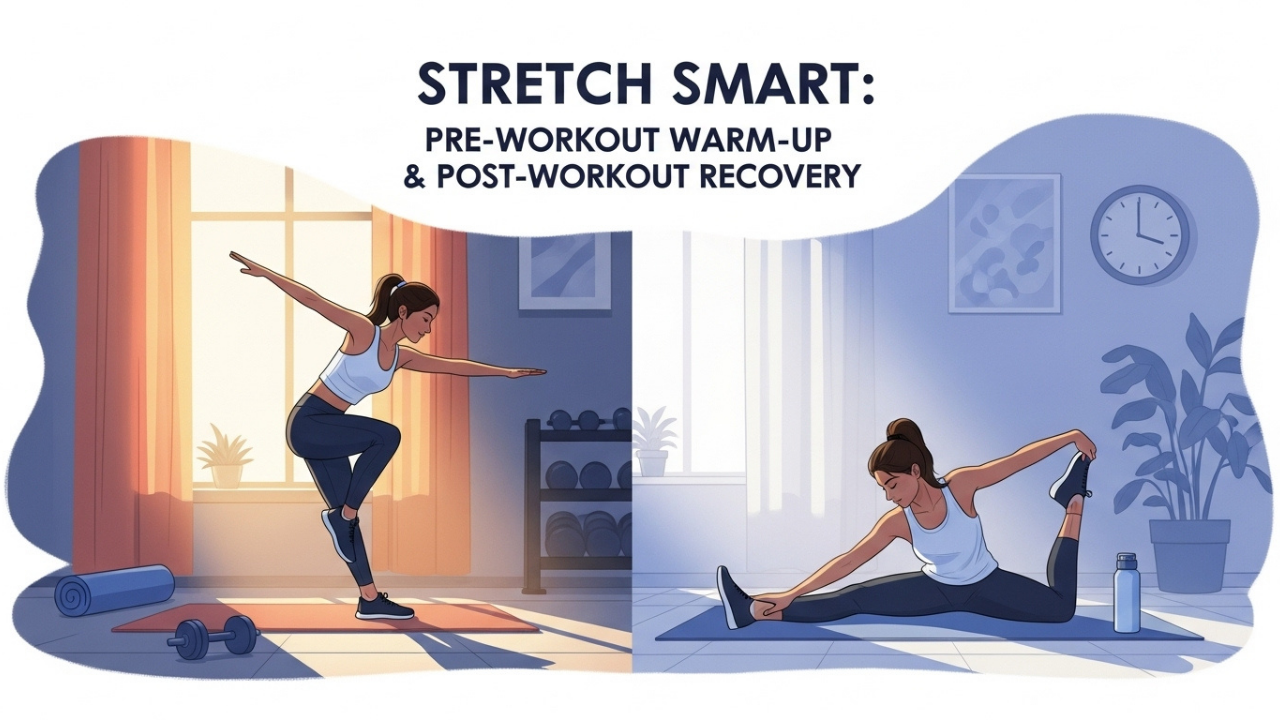
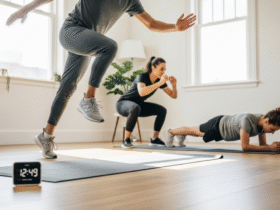





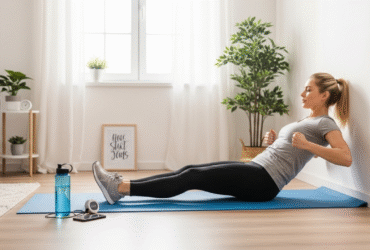
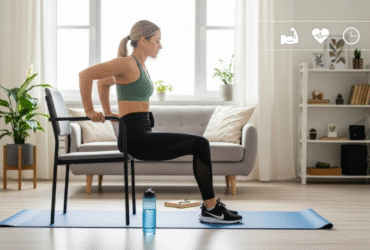
Leave a Reply